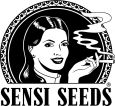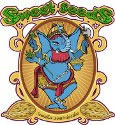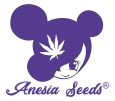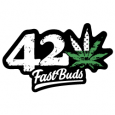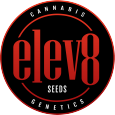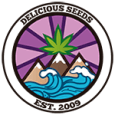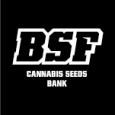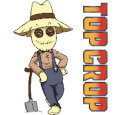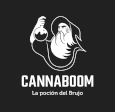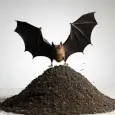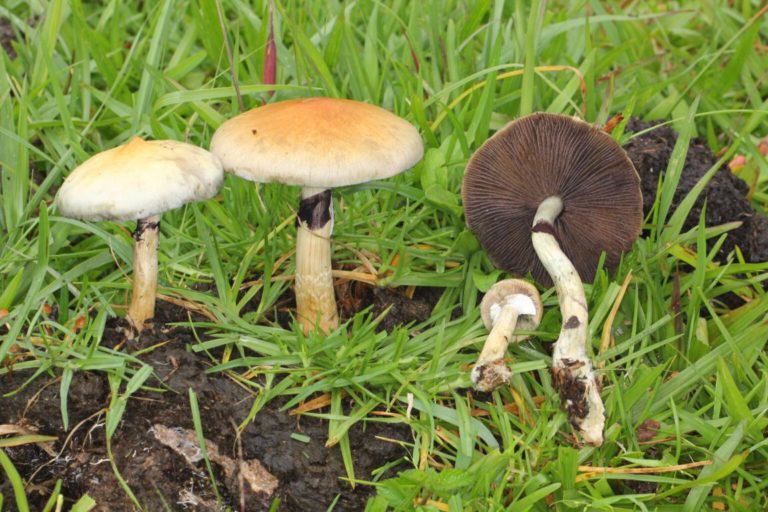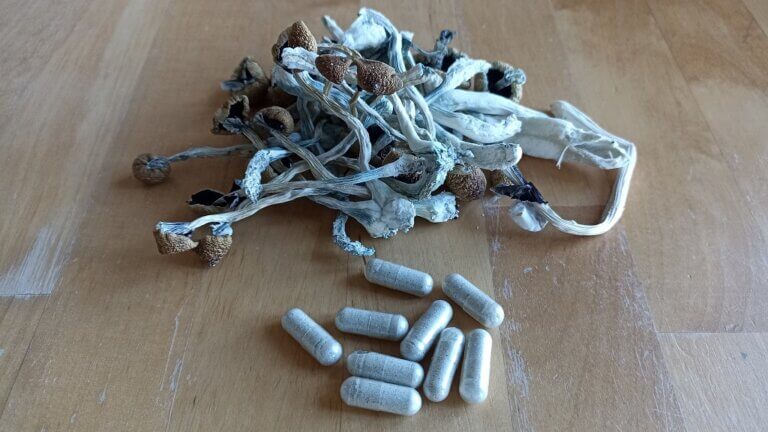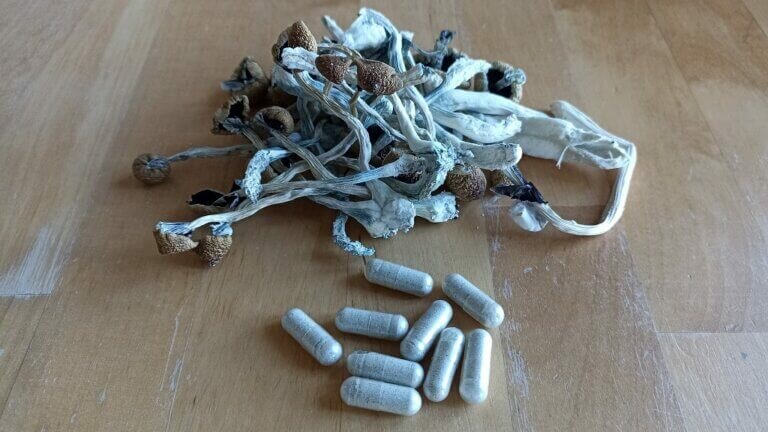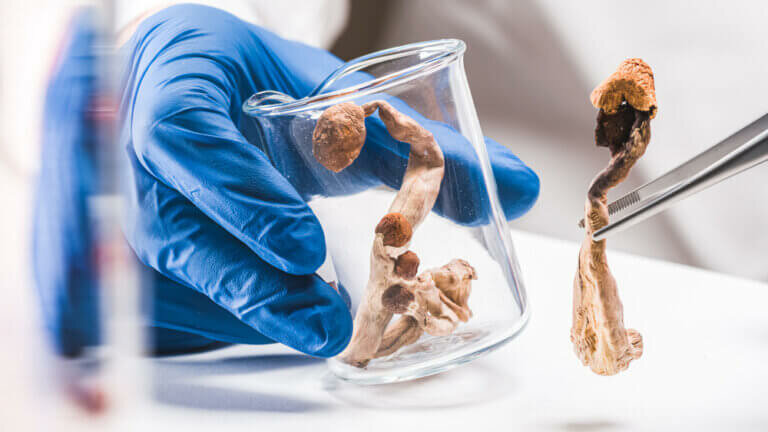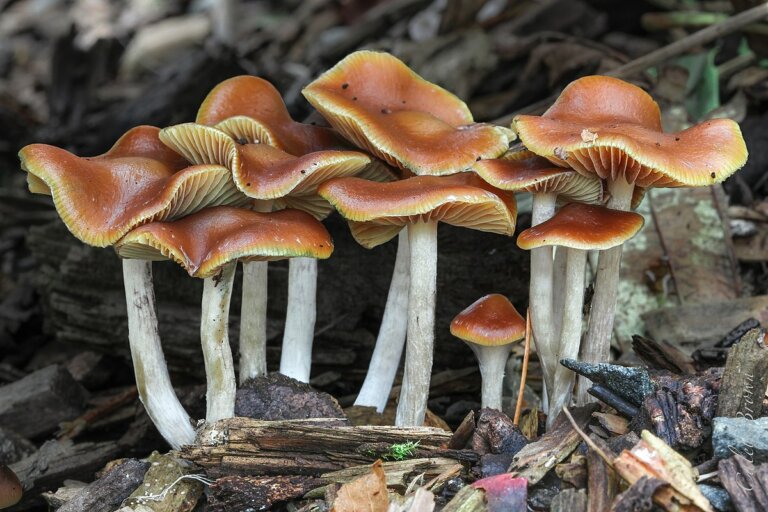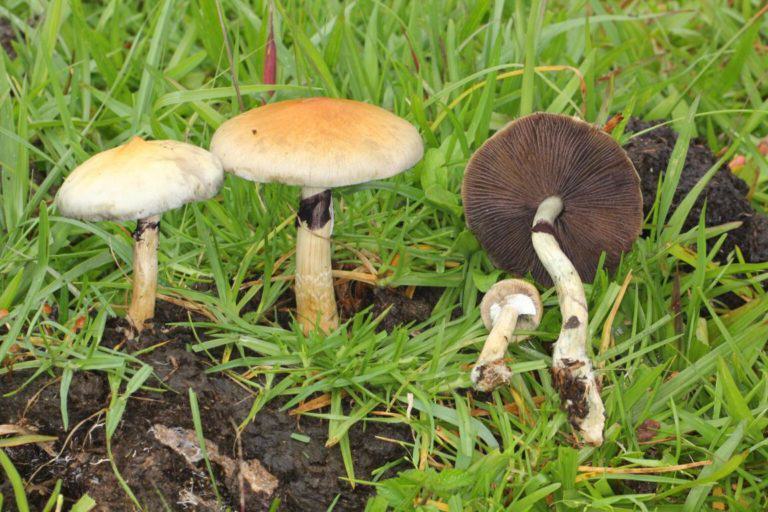Introduction to microdosing psilocybin
List of contents
After our introductory article on psilocybin and its effects, we would like to present you with a brief but complete guide on how to microdose your favourite magic mushrooms. On this occasion, we have contacted Ana, a clinical psychologist and psychopharmacology and immunology specialist that has written this fantastic article on microdosing psilocybin for the treatment of various diseases.
Here you have this interesting text!
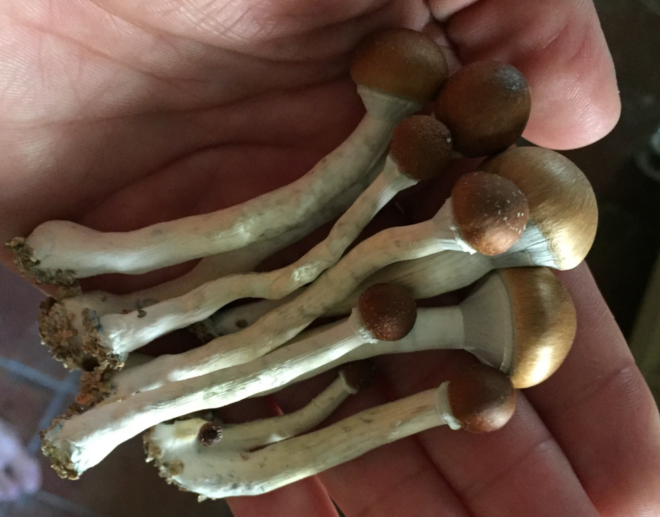
Guide to microdosing psilocybin
What is in hallucinogenic mushrooms?
Mushrooms with hallucinogenic properties contain two psychoactive alkaloids: psilocybin (4-phosphoryloxy-N, N-dimethyltryptamine) and psilocin (4-hydroxy-N, N-dimethyltryptamine). These chemicals are found in different species of fungi, like those belonging to the genus Psilocybe, Panaeolus and Copelandia, and also in "magic truffles", which are compact masses of mycelium.
When ingesting these mushrooms, the psilocybin is metabolized and transformed into psilocin, the substance responsible for the psychoactive effects induced by this type of fungi. Mushrooms also contain other compounds such as baeocystin and norbaeocystin. These compounds are believed to modulate the mushrooms general action, as they don't seem to have any psychoactive effects of their own. They most likely are responsible for the distinctive effect profile of each mushroom strain, even though they contain similar doses of psilocybin and psilocin (1).
What is Psilocybin and what are its effects?
After decades of neglect, psilocybin is nowadays the subject of dozens of studies and clinical trials all over the world, showing especially promising results in the treatment of conditions like depression or anxiety. In addition to its well-known properties in recreational or spiritual contexts, the news regarding its possible medicinal properties further adds to the interest to this compound.
What is microdosing?
The microdosing phenomenon, that is, the regular intake of sub-perceptual amounts of psychedelics, like LSD or psilocybin mushrooms, has experienced a huge popularity explosion in recent years, since the publication of James Fadinam's "The Psychedelic Explorer's Guide" in 2011. Microdosing is not taking a low dose of a psychedelic and experience the psychoactive effects of the substance in a mild way. On the contrary, microdosing consists in the ingestion of sub-psychoactive or sub-perceptual quantities of a psychedelic, where its effects will be very subtle or fall below the perceptual level, so that you won´t experience any of the typical visual or perceptual changes induced by a psychedelic substance.
A microdose is between 1/10 and 1/20 of a hallucinogenic dose. Microdosing is normally integrated in your daily routine several times a week, in order to obtain the potential physical and psychological benefits of the substance without experiencing a state of altered consciousness. From the point of view of a microdoser, it would be something like this: "I feel productive, able to focus on what I choose to do, I enjoy my relationships, I have energy, and I do not remember taking anything" (2).
What are psilocybin microdoses used for?
Research on microdosing is still in its infancy. In fact, at the present time, there aren´t any serious randomized placebo-controlled trials. The information we have comes from surveys and analysis of thousands of microdosers throughout the world. Some online forums on microdosing have more than 40.000 subscribers. These users? reports suggest that mushrooms microdoses can increase creativity, reduce migraines and cluster headaches, relieve mild depression, anxiety and pain, and improve focus.
A recent investigation on the effects of microdoses of "magic truffles" suggests that this practice may improve cognitive flexibility and the ability to solve problems. According to the authors of the study, the microdosing of psilocybin mushrooms could be investigated in the near future to help people who suffer from rigid thought or behaviour patterns such as those with depression or Obsessive-Compulsive Disorder (OCD).
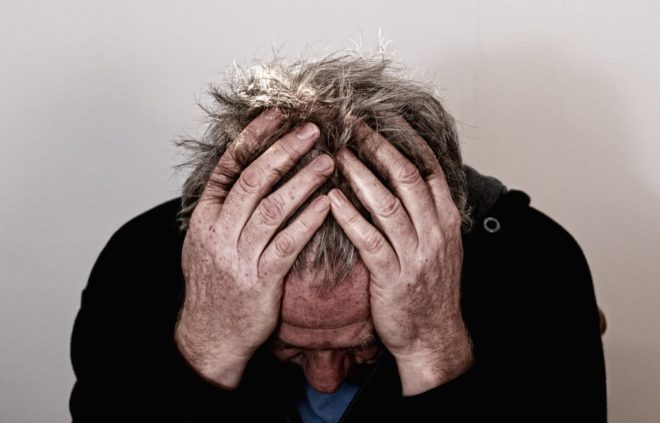
A recent exploratory analysis has linked mushrooms microdoses with improvements in mood, and with a decrease in negative emotionality and dysfunctional attitudes (anxiety, rumination, depressed moods). The analysis also mentions an improvement in focus and the ability to concentrate, interpersonal relations and social anxiety, and an increase of self-awareness and the ability to meditate.
However, the users? experiences could be mistaken for the placebo effect, as the subjects know they have received a substance and therefore have certain expectations, or at least the hope that said substance will work. In addition, not all users of microdoses seem to obtain the same benefits; some are reporting increased irritability, anxiety, and confusion, poor memory, and fatigue.
There is a recent study with animals which is the first to demonstrate that microdosing produces beneficial effects on the mood and anxiety in rats with experimentally induced post-traumatic stress disorder. This study used microdoses of dimethyltryptamine (DMT), a compound from the tryptamines family with hallucinogenic properties found in the Amazonian brew Ayahuasca, whose molecules have a very similar structure to those of psilocybin. The limitations lie in whether these findings can be extrapolated to humans.
Current scientific investigation on psychedelic psychotherapy has shown the therapeutic potential of full doses of psilocybin to alleviate treatment-resistant depression, OCD, alcohol and tobacco addiction, and anxiety in terminally ill patients. Future studies should determine if microdosing psilocybin can offer the same benefits as a whole trip, and which protocols and microdoses would be most appropriate.
How to microdose psilocybin
In recent years you have probably heard of psilocobin microdosing. As its name indicates, these are very low doses of mushrooms rich in this alkaloid, below what is necessary to show obvious effects in the user, but which offer a series of benefits. Today we show you how to prepare them in comfortable capsules, step by step and in a very simple way.
How to prepare and use microdoses of mushrooms
It is important to note that fresh and dried mushrooms contain different amounts of active principles. Psilocin is a highly unstable molecule that starts degrading when it comes into contact with light or the oxygen in the air. For this reason, fresh mushrooms are stronger, as they contain both psilocybin and psilocin, while dry mushrooms are less potent because their psilocin has been degraded.
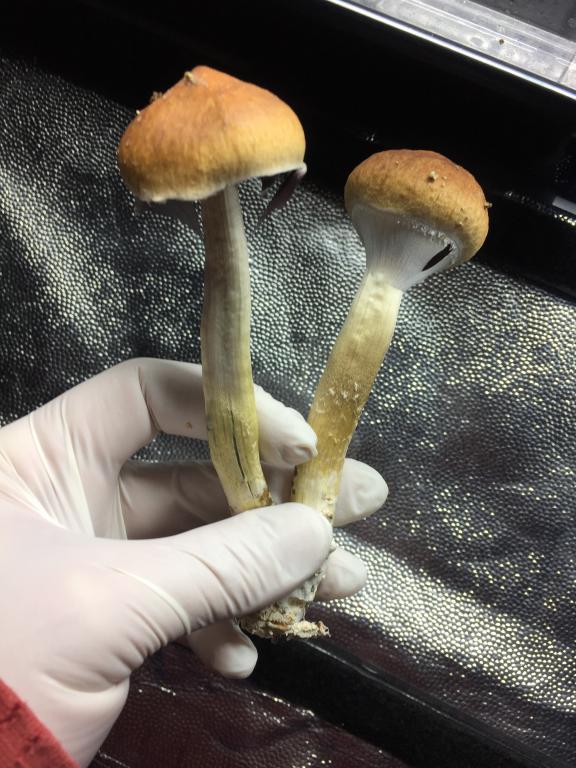
The active principles are also found in different amounts depending on the type of strain, the way it?s been grown and dried, and its size; and even the different parts of the mushroom (stem, cap) can contain various amounts of alkaloids. Therefore, it is recommended to dry and grind the mushrooms. When grinding the mushrooms, the different alkaloid content in the caps and the stems balances itself, as well as the different sizes of the mushrooms.
One microdose of Psilocybe cubensis consists of 0.1-0.5 grams of dry mushrooms. If you are going to use microdoses of psilocybin truffles, you have to bear in mind that dry truffles often contain less psilocybin than dried mushrooms. You can use between 0.5 and 1 gram of dry powdered truffles per microdose. It is not advisable to swap the mushrooms varieties during the microdose protocol, as this would complicate the calibration of the dose when ingesting varying amounts of the psychoactive substance for each strain. A good approach is to choose one strain to start with, and keep the protocol with the same strain until its completion.
You can start by weighing around 0.1g of powder on a precision scale and use it as an initial microdose. And then adjust the amount according to the effects of this first dose. Microdosing every day is not recommended. Classic psychedelics such as psilocybin produce tolerance, so it is possible to feel fewer effects after a few days. For this reason, James Fadiman, author of "The Psychedelic Explorer´s Guide", suggests waiting a couple of days between each microdose.
This way, you would be taking a microdose on day 1, not have any on days 2 and 3, and take one again on day 4. This process continues for several weeks, taking daily notes in a journal, including the days between takes, and recording the effects in the actual moment, and short-term and long-term changes in mood, energy, and behaviour.
Ideally, you can start on a day off, in order to observe the effects and be able to adjust the dose without too much social interaction. The microdosing protocol should be incorporated into your daily routine, which means that you´ll know you are taking bigger doses if you experience psychoactive effects. Also, the microdosing amounts can be higher or lower depending on the neurophysiology of each individual, and an important part of the process is to find the correct dose for each case. This process can involve several attempts, so it´s better to start from the bottom until you find your ideal psilocybin microdose.
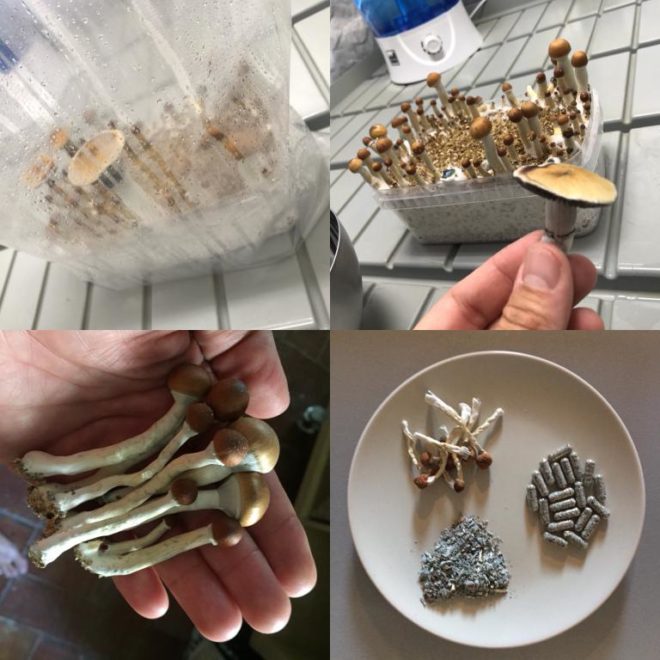
Is psilocybin microdosing safe?
According to a wide variety of toxicological studies and clinical trials, psilocybin has very low toxicity. Classic hallucinogens such as psilocybin interact primarily with the serotonin receptor 5-HT2A, which is responsible for the psychedelic effects. Given that chronic psychedelic intake reduces the number of 5-HT2A receptors, which leads to a rapid and transient tolerance, the risk of addiction to hallucinogens, psilocybin included, is very low. In addition, psilocybin does not directly affect the mesolimbic dopaminergic pathway, and therefore does not activate the reward system.
Another reason why you shouldn´t take microdoses daily is that there is a hypothetical risk, of which we still haven´t collected enough data, that could affect the heart valve of a person who uses psychedelics frequently. Classic psychedelics also interact with other receptors such as 5-HT2B, which are also found in the heart. Although psilocybin has a very low binding potential with this receptor (Ki = 4.6 nM), we still don´t have enough data to rule out this hypothetical adverse effect, and as a precautionary measure, and although it´s not known how this risk its reflected when it comes to microdosing, it is best to avoid microdosing too often or for more than a few months per year.
Microdoses of psilocybin, or other mind-altering drugs, can have potential risks for people with mental illnesses such as bipolar disorder or schizophrenia.
To see the potential interactions between microdoses and medications, you can consult James Fadiman´s website.
Ana Elda Maqueda
Clinical psychologist and psychopharmacology and immunology specialist
References:
- José Carlos Bouso Saiz, several authors. Psilocibes. Editorial: Ultrarradio / ICEERS
- James Fadiman & Sophia Korb (2019). Might Microdosing Psychedelics Be Safe and Beneficial? An Initial Exploration Journal of Psychoactive Drugs, DOI: 10.1080/02791072.2019.1593561



